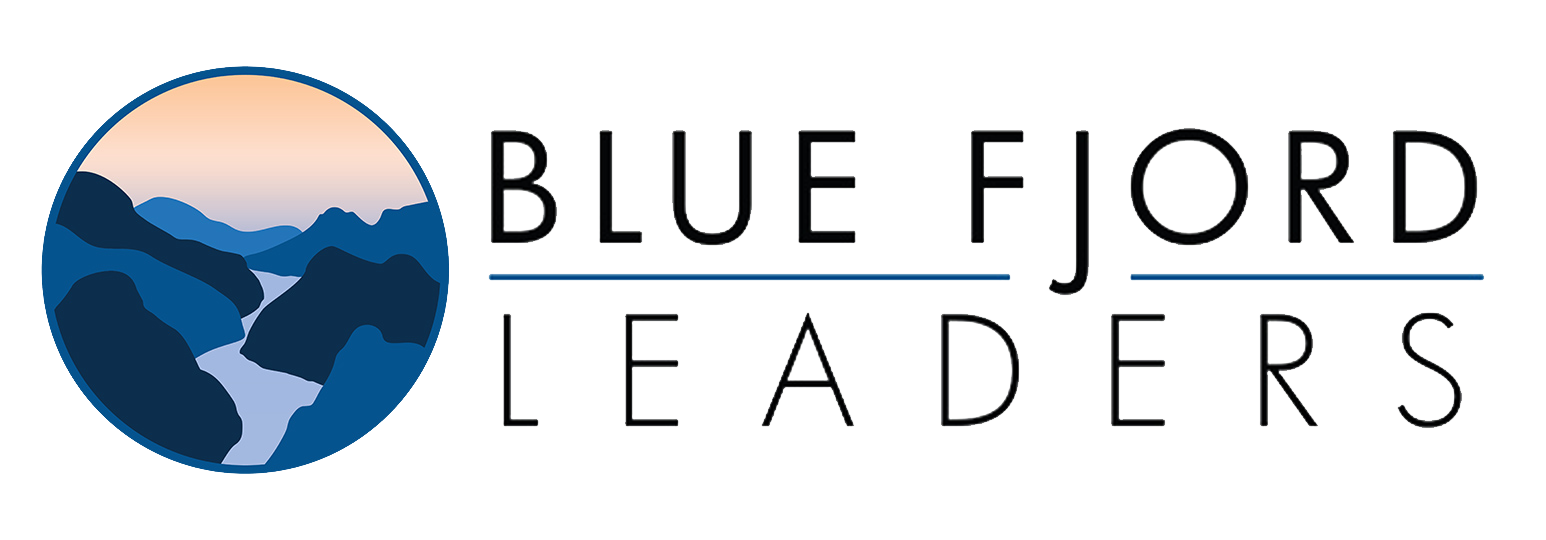Accountability. It’s a hot topic of conversation and frequently a topic filled with frustration. Managers complain that staff don’t take responsibility for completing a job on time and with high quality, or that staff don’t take ownership for the work. It is easy to criticize the lack of accountability with staff, but it’s not just them. As a manager, you have a role in accountability as well. Accountability is not about micromanagement or blame—it’s about creating an environment where everyone understands their responsibilities and feels empowered to deliver. That’s the role of a manager.
Let’s look at practical steps managers can take to ensure accountability:
1. Define Clear Roles and Responsibilities
Accountability doesn’t just happen at the end of a job. It starts at the beginning by establishing clear expectations. Every team member should know exactly what is expected of them from the outset. In a technical team, where tasks can be complex and interdependent, this clarity prevents overlap, confusion, and the excuse of “I thought someone else was handling that.” Set clear deadlines and reporting expectations. Is each person clear on what success looks like for their role? Without clarity, accountability is an unrealistic expectation.
2. Set Measurable Goals
What metric are you evaluating a team member against? Is it time, work hours, quality, customer satisfaction? Without clear, measurable goals, accountability becomes a wish and a prayer. Hazy goals lead to misunderstandings and unmet expectations. Research by Gallup indicates that only 30% of employees strongly agree that their manager involves them in goal setting. Employees whose managers involve them in goal setting are 3.6 times more likely than other employees to be engaged.
3. Foster a Culture of Open Communication
As a manager, you must communicate openly and often. Transparency is key to accountability. When teams work in silos or when information is not shared openly, tasks can fall through the cracks, blame can shift, and accountability is lost. Hold regular stand-up meetings or sprint reviews to help keep everyone informed about what is happening across the team. Provide regular updates even when there’s no new information. Regular communication fosters certainty and that helps team performance. Staff can’t read your mind. No news is not good news. It’s just no news.
4. Establish Consequences and Recognition
Accountability requires both recognition and consequences. When team members meet or exceed expectations, it’s important to acknowledge and reward their efforts. Recognition reinforces positive behavior and encourages others to follow suit.
On the flip side, there should be clear consequences for failing to meet expectations. Often, we take a narrow view of consequences. However, there is a broad range of consequences that can be considered. The University of Minnesota has excellent resources on accountability including an accountability ladder. The accountability ladder shows a full list of options for consequences. In any situation, consequences should be fair, consistent, and viewed as opportunities for learning and growth, rather than punishment.
5. Provide Regular Feedback
People need feedback (both positive and negative) to perform at their best. Get in the habit of regularly sharing feedback. Constructive feedback in a safe space helps team members understand how they are performing and where they need to improve. (see my blog post on psychological safety link here).
Providing feedback doesn’t have to be an involved process. A word here and there, a quick email acknowledging a job well done, even a hand-written note are all ways to help staff take ownership and pride in their work. Schedule regular one-on-ones with team members to discuss their progress. These sessions should be used to provide both positive reinforcement for what is going well and constructive feedback on areas that need improvement. This approach helps team members stay aligned with their goals and fosters a sense of job satisfaction. A survey of 1,000 full-time employees indicated that 68 percent of those who felt they received consistent feedback at work also felt fulfilled in their job.
6. Encourage Self-Reflection and Ownership
You can help your staff be more accountable by causing them to pause and reflect. Ask reflective questions during feedback sessions, such as “What do you think went well?” and “What would you do differently next time?” This encourages team members to take ownership of their successes and their mistakes.
Lastly, you must embody the accountability you expect from your team. You must be responsible for your actions, complete tasks by the timeline agreed upon, be prepared for meetings, show up on time, be transparent about your own challenges, and be open to feedback. When team members see that you hold yourself accountable, they are more likely to do the same. Ensuring accountability is about more than just setting expectations and enforcing rules. You, as a manager, ensure accountability by putting these steps into practice.
If you are interested in learning more about leadership training, click for training offered by Blue Fjord Leaders.
Sources:
- https://www.gallup.com/workplace/238064/re-engineering-performance-management.aspx
- https://www.forbes.com/sites/roncarucci/2022/06/04/its-time-to-overhaul-our-understanding-of-accountability/
- https://www.forbes.com/advisor/business/raci-chart/
- https://learning.linkedin.com/resources/career-development/smart-goals-professional-development






0 Comments